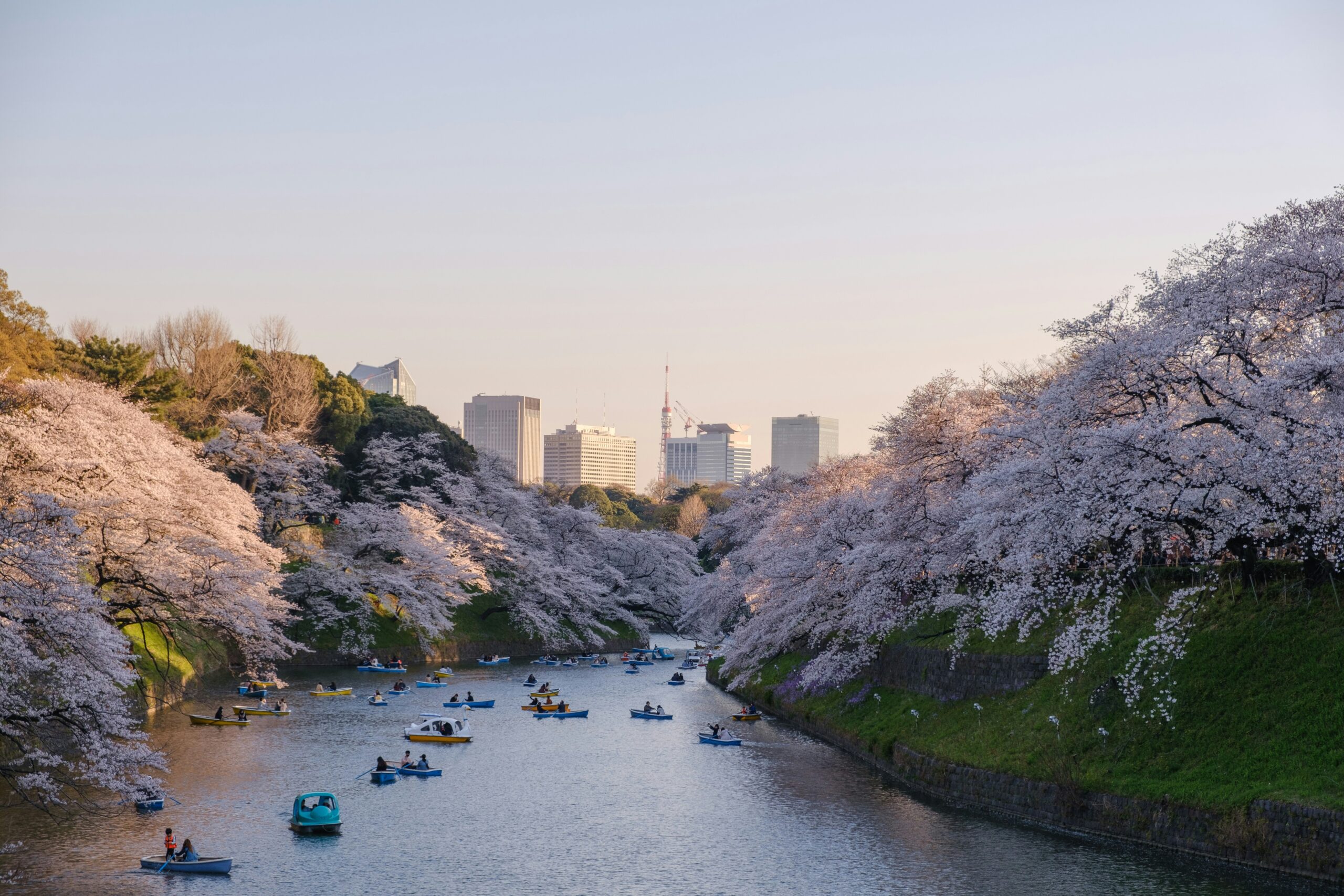The relentless pace of work had blurred the outlines of who I was. Having crossed oceans from Perth, Australia, and spent many years immersed in international business, I had come to see cityscapes around the world as interchangeable backdrops. But one day, a brief message from an old friend struck a chord.
“The cherry blossoms in Tokyo are beautiful—because they vanish so quickly.”
Cherry blossom season is fleeting. It comes every year, yet no two springs are ever the same. Drawn by those words, I found myself traveling to Tokyo in spring.
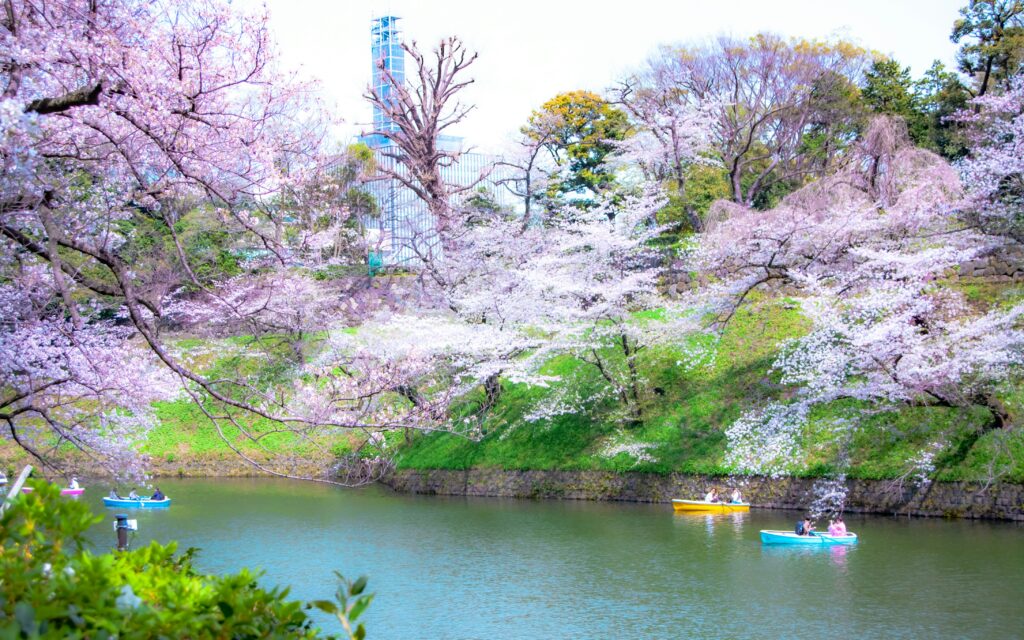
My first stop was Chidorigafuchi, a park located northwest of the Imperial Palace. I had heard it transforms into a tunnel of cherry blossoms each year. Emerging from Kudanshita Station, I was met with a dreamlike vision: arching branches heavy with sakura petals stretched over the moat, some falling gracefully into the water, others dancing briefly on the breeze before sinking silently beneath the surface. Time seemed to slow, the boundary between past and present gently dissolved by the scene.
As I stood watching, I spoke to a middle-aged man adjusting a vintage camera. “Do you come here to see the blossoms every year?”
He glanced at me, eyes softening. “Yes… for about 15 years now. They show a different face every spring.”
His name was Mr. Murata, an editor who favored film photography. Visiting Chidorigafuchi had become a quiet tradition for him.
“Some days, they’re in full bloom. Other days, the wind scatters them all at once. But that unpredictability—that’s the beauty of it. When something isn’t promised, you treasure it more.”
We strolled together for a while, not out of familiarity, but as two people quietly sharing a season. It felt peaceful.
Around midday, I wandered through a nearby residential neighborhood and found a small wooden restaurant with lattice doors and a plain white curtain. The entrance was modest, the sign discreet. Inside, jazz played softly over tatami floors. I ordered a “Spring Harmony Set.”
It arrived: bamboo shoot rice, tempura of bitter spring greens, slices of sakura sea bream sashimi, and a side dish of tender greens steeped in light broth. Each element captured the season’s essence—earthy, fresh, and fleeting. The bitterness of the greens lingered, deeply rooted and unexpectedly comforting. It was unlike anything I’d tasted before.
In the afternoon, I wandered into Kitanomaru Park, which borders Chidorigafuchi. This vast green space, with its ancient trees, mossy stone walls, and tranquil pond, felt worlds away from the city’s usual tempo. As I strolled under dapples of sunlight, I saw a woman sitting on a bench, painting with watercolors.
She wore a soft gray sweater over a crisp white shirt. Her canvas captured the cherry trees and the moat beyond.
Noticing me, she smiled warmly. “It’s impossible not to paint during cherry blossom season,” she said.
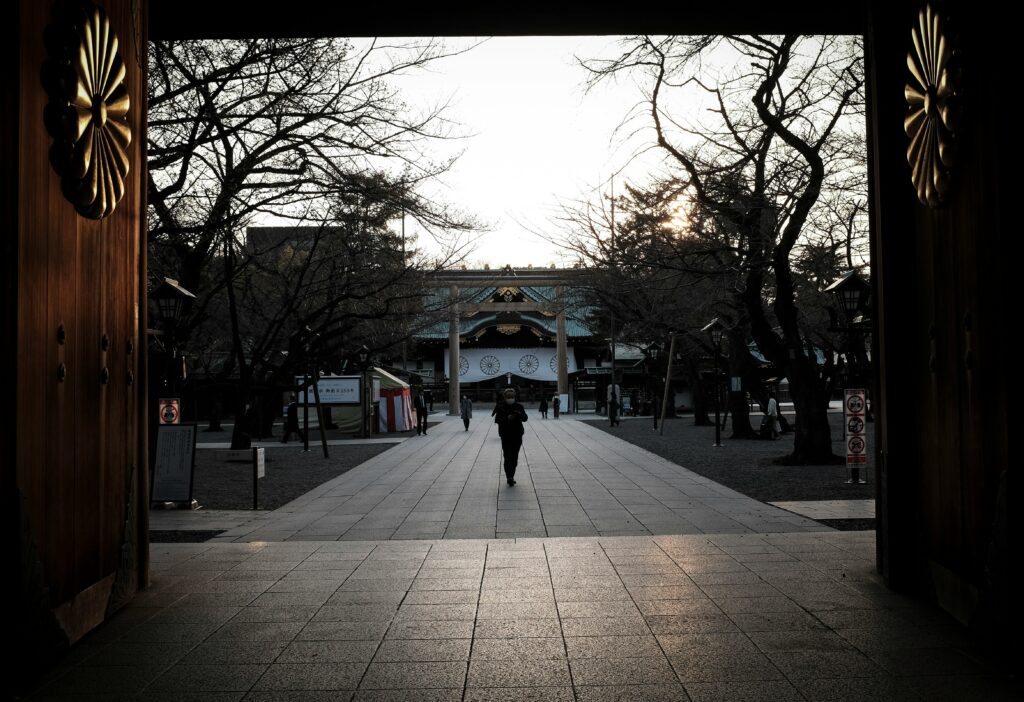
Her name was Ms. Hara. She had once studied fine art but had stopped painting for many years. It was this place, she said, that brought her back to the brush.
“This landscape is always changing—the blossoms, the light, even how I feel. Days like today… it feels like if I don’t paint it, it’ll disappear entirely.”
Her words stirred something deep within me.
Toward evening, I visited Yasukuni Shrine. The blossoms in the shrine grounds were breathtaking. As the breeze stirred the trees, petals lifted and swirled like soft echoes of memory—beautiful, yes, but tinged with a gentle melancholy.
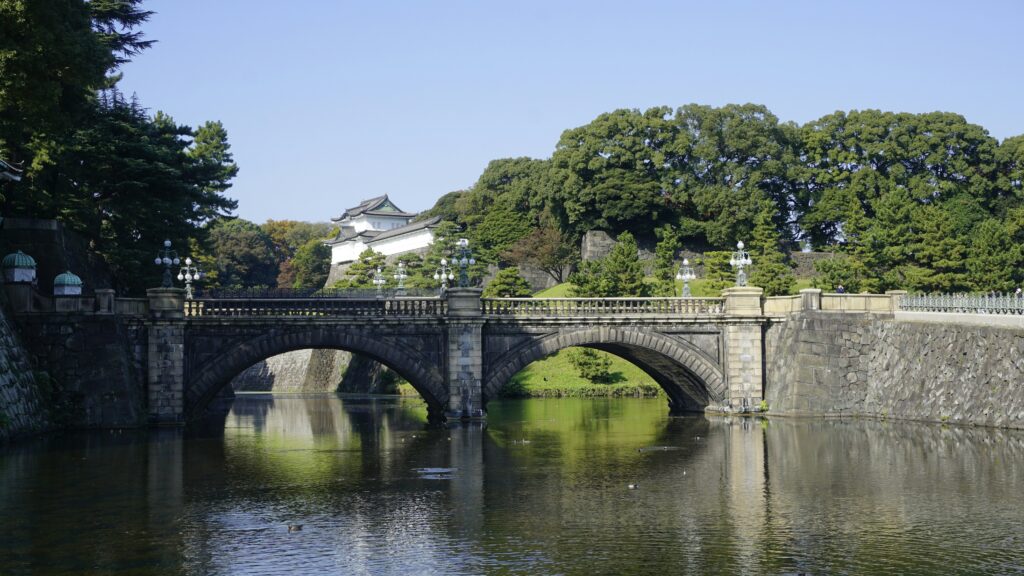
My final destination was the East Gardens of the Imperial Palace, where manicured gardens and remnants of Edo Castle offered quiet contemplation. The scent of moss, reflections in the pond, birdsong—everything was quietly present, yet undeniably alive.
As twilight fell, I stepped into a small café tucked into the backstreets of Jimbocho, Tokyo’s famous book district. Hidden among old bookstores, the café was hard to spot from the outside.
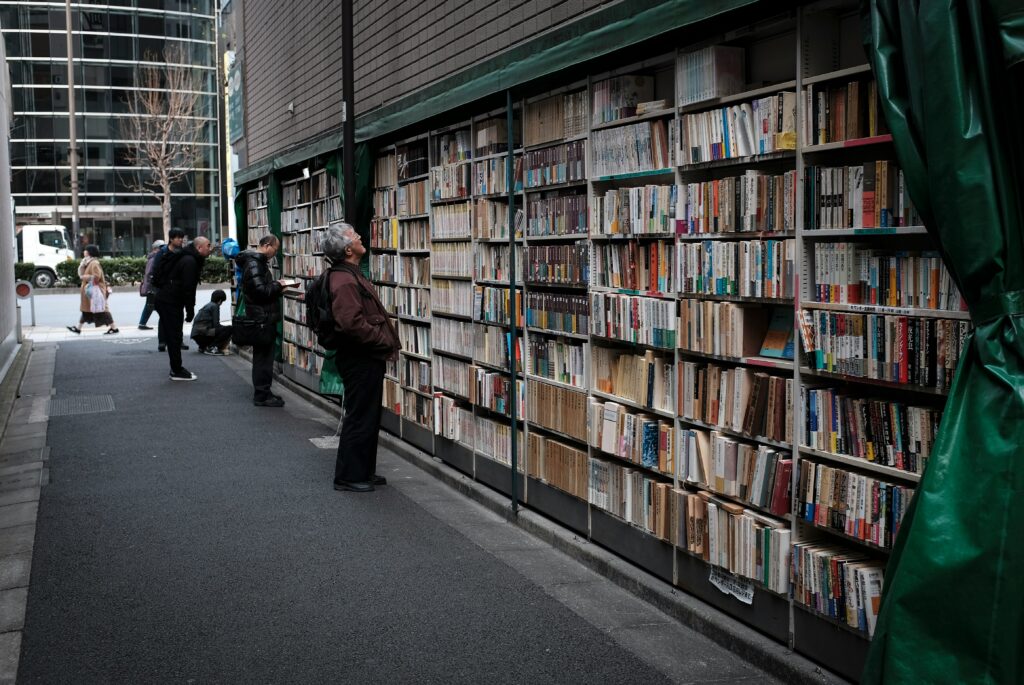
Inside, wooden furniture, dim lamps, and walls lined with books created a timeless atmosphere. I ordered a matcha cheesecake and a cup of dark-roast coffee.
The cheesecake was rich, its slight bitterness from the green tea perfectly balanced by the sweetness. Outside the window, people passed quietly. Inside, the world slowed—a rare moment of stillness in the heart of the city.
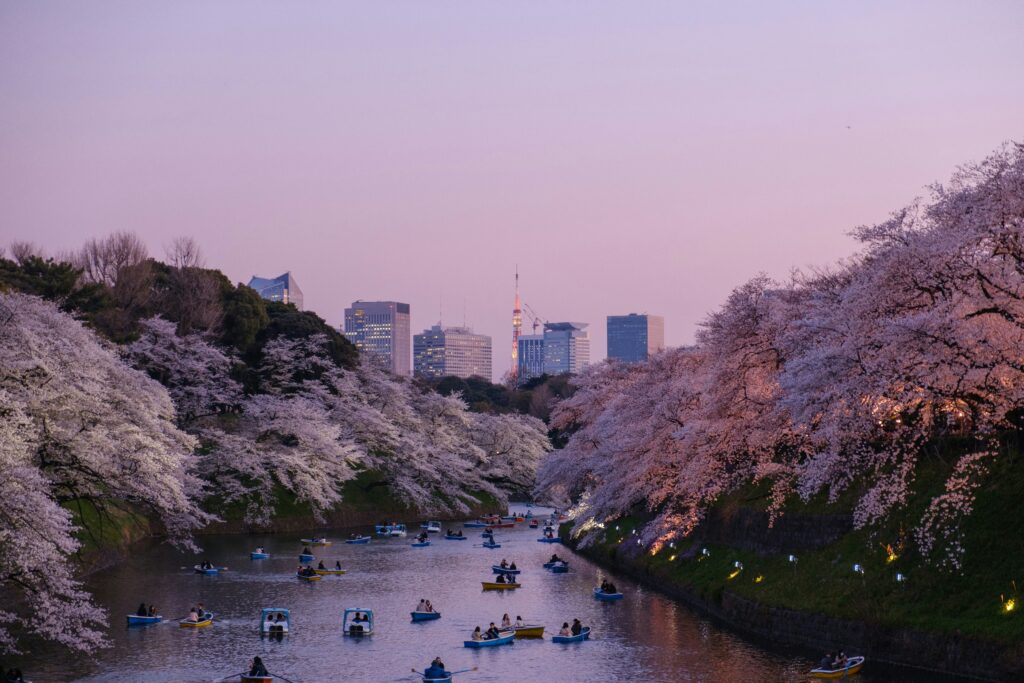
The cherry blossoms I had seen on this journey had been in every state—full bloom, mid-fall, barely clinging to the branches. And yet, each stage held its own beauty. Watching something change, rather than trying to hold onto it, I realized, was what made it truly moving.
It is because beauty does not last that it carves itself more deeply into our hearts.
And this spring in Tokyo had shown me that—gently, unmistakably, and forever.
Something New Travel

